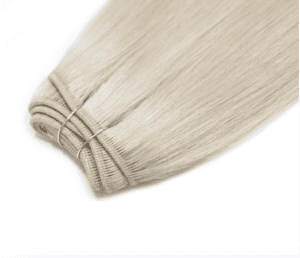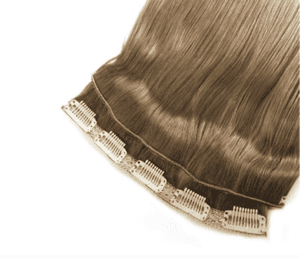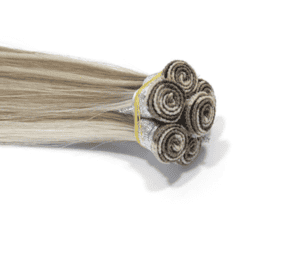
Choosing the right raw materials is essential for creating perfect hair extensions that will keep your clients coming back for more.
As a salon owner or hair business, it's important to offer the best hair extensions possible, and that starts with using high-quality raw materials.
Human hair products are the gold standard in the industry, but with so many options available, it can be difficult to know which ones to choose.
In this article, we'll explore the different types of raw materials used for hair extensions, the factors to consider when the hair type and choosing them, and some tips on how to source and test the best hair type and extension materials.
The different types of raw materials for hair extensions

Human hair/ Natural hair

Human hair is the most popular raw material used for making hair extensions, especially smooth and curly, for those women looking for the most natural-looking result.
Human hair can be divided into two categories: remy hair extensions and non-remy hair extensions.
Remy hair is considered the highest quality and is sourced from a own natural hair of any length from a single donor, ensuring that the cuticle layers are aligned and the hair is tangle-free. Non-remy hair, on the other hand, is collected from multiple donors and requires more processing to create a finished product.
The advantages of using human hair extensions include the ability to blend seamlessly with natural hair, as well as the ability to style and dye the extensions just like real hair.
The disadvantages of using human hair include the higher cost and the fact that it requires more maintenance than synthetic hair.
Synthetic hair
Synthetic hair is made from man-made fibers, such as polyester or nylon, and the process is often less expensive than human hair.
The advantages of using synthetic hair extensions include the lower cost and the fact that they require less maintenance than human hair.
The disadvantages of using synthetic hair include the fact that it cannot be styled with heat tools and may not blend as seamlessly with natural hair as human hair extensions.
Animal hair
Animal hair, such as horsehair or yak hair, is less common than human or synthetic hair for making extensions.
The advantages of using animal hair extensions include the fact that they are less expensive than human hair and may be used for specific purposes such as virgin hair such as eyelash extensions.
The disadvantages of using animal hair include the fact that it may not blend seamlessly with natural hair, and there may be ethical concerns surrounding the sourcing and treatment of animal hair.
To know more information about the ethical concerns of animal hair, read this article by PETA: The Fur Industry: Animals Used for Their Skins
Blends

Blended extensions are made from a combination of hair types: human and synthetic hair, or human and animal hair.
The advantages of using blended extensions include the fact that they can be less expensive than using all human hair, for example, while still offering some of the benefits of natural hair.
The disadvantages of using blended extensions include the fact that they may not be as high quality as using all human hair, and they may not blend as seamlessly with natural hair.
Choosing the right hair extensions starts with selecting the right raw material.
By understanding the different types of raw materials and their advantages and disadvantages, you can make an informed decision about which type of raw material will produce the best extensions for your clients.
Remember, quality hair is the key to the very best hair extensions that your next salon customers will love wearing.
Factors to consider when choosing raw materials

Texture
The texture of the raw hair is an important factor to consider when choosing raw materials for hair extensions.
The texture affects the final product and how it will blend with the natural hair of your clients.
When choosing hair extensions, it's important to consider the texture of the hair and ensure that it will blend well with the hair of your clients. Some common textures include straight, wavy, curly, and kinky.
Most hair extension companies offer these main products, but it's also important to consider the texture of clip-ins or tape-ins.
By offering a variety of textures, you can cater to the needs of different women and provide a customized experience.
Color
Color matching is crucial when choosing raw materials for hair extensions. Inconsistencies in color can be very noticeable and can detract from the overall look of the finished product.
To ensure consistency, it's important to work with a company that has strict color standards and quality control measures in place.
Most stylists will have a color ring to match the desired color of their client's hair, and it's important to make sure that the right hair extensions will match the hairstyle perfectly. Offering a variety of colors can also help you cater to the needs of different clients.
Quality

The quality of the raw hair is a crucial factor to consider when choosing hair extensions. The higher the quality of the raw hair, the better the finished product will be.
When determining the quality of raw hair, it's important to consider factors such as cuticle alignment, thickness, and overall health of the hair.
It's also important to consider how the hair has been processed, as over-processing can damage the hair and reduce its quality.
By working with a reputable supplier and ensuring that you're using high-quality raw materials, you can offer the best extensions to your clients.
Ethical sourcing

Ethical sourcing is an important factor to consider when choosing raw materials for hair extensions.
It's important to ensure that the raw materials are obtained in a responsible and sustainable manner, and that workers are treated fairly throughout the supply chain.
Look for a supplier that values ethical sourcing and can provide documentation to ensure that the raw materials are obtained in a responsible way.
By choosing ethical suppliers and raw materials, you can feel confident that your business is making a positive impact and contributing to a sustainable future.
By considering these and other factors when choosing raw materials for hair extensions, you can ensure that you're providing the best possible product to your clients.
With the right raw materials, you can create beautiful and high-quality extensions that will keep your clients coming back for more.
How to source the best raw materials?

Suppliers
One of the most common ways to source raw hair is through suppliers. Suppliers can offer a wide variety of raw materials and can help you find the right product to enhance your business.
When sourcing through suppliers, it's important to research and find reputable companies that have a strong reputation for providing high-quality raw materials.
Look for suppliers that have a track record of working with stylists and hair extension businesses and can offer guidance and support to help you choose the best raw materials.
Trade shows
Trade shows are another great method for sourcing raw materials for hair extensions. Trade shows offer the opportunity to meet with suppliers and see their products in person.
This can be especially beneficial when it comes to hair extensions, as it allows you to feel the texture and see the color of the raw hair.
Attending trade shows can also help you stay up-to-date on the latest trends and technologies in the industry.
Online marketplaces
Online marketplaces have become increasingly popular as a method for sourcing raw materials for hair extensions.
There are many online marketplaces that offer a wide variety of raw materials, making it easy to find the right product for your business.
When sourcing through online marketplaces, it's important to read reviews and research the seller to ensure that they are reputable and can provide high-quality raw materials.
It's also important to ensure that the online marketplace has strong quality control measures in place to ensure that the raw materials meet your standards.
By considering these and other methods for sourcing raw materials for hair extensions, you can find the best raw materials to enhance your business.
Whether you choose to work with a supplier, attend trade shows, or source through online marketplaces, it's important to take the time to research and find reputable sources that can provide high-quality raw materials.
With the right raw materials, you can create beautiful hair extensions that will impress your clients and keep them coming back to you as their stylist of choice.
How to test the quality of raw materials?

Burn Test
One method for testing the quality of raw hair is the burn test.
This involves burning a small sample of the hair to see how it behaves. If the hair is 100% human hair, it will burn slowly and turn into a fine ash.
If the hair is synthetic, it will melt and release a strong, chemical odor.
Animal hair, on the other hand, will curl up into a ball and will have a distinctive odor.
Performing a burn test can help you determine whether the raw materials are suitable for your hair extension products.
Strand Test
Another method for testing the quality of raw hair is the strand test. This involves taking a small sample of the hair and subjecting it to various treatments, such as heat styling, coloring, or chemical treatments.
By testing the hair in this way, you can determine how well it will hold up over time and whether it will blend seamlessly with your client's natural hair.
This is especially important when creating clip-ins or tape-ins, which need to match the texture add length and color to the client's natural hair.
By testing the quality of raw materials through methods such as the burn test and the strand test, you can ensure that you are using the best extensions for your clients.
When performing these tests, it's important to interpret the results carefully and look for any signs of damage or poor quality.
By taking the time to test your raw materials, you can create high-quality hair extensions that will impress your clients and keep them coming back for more.
Conclusion
In conclusion, choosing the right raw materials for your hair extension company is key to success in this industry.
By focusing on quality hair, ethical sourcing, and testing the materials thoroughly, you can create hair extension products that most stylists would recommend.
Alvin Hair - Professional Hair Extensions Supplier
At Alvin Hair, we are committed to providing our clients with the best quality hair extension products made from the finest raw materials.
Whether you're looking for Remy hair extensions or blends, we have a wide range of options to suit your needs. As a professional hair extensions supplier, we are dedicated to helping you create the perfect hair extensions for your clients.
Contact us today to learn more about our products and how we can help you take your hair extension company to the next level.








